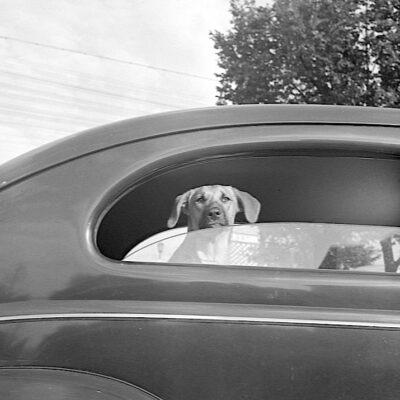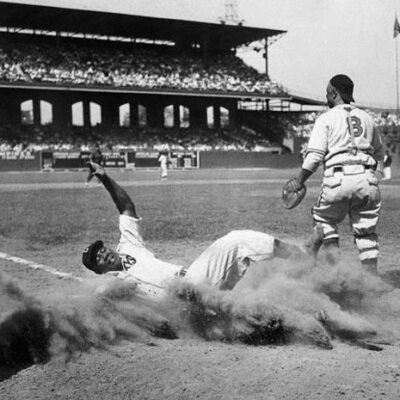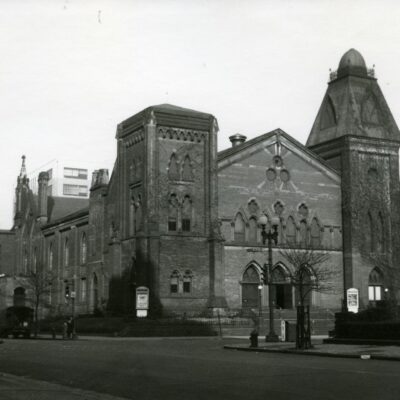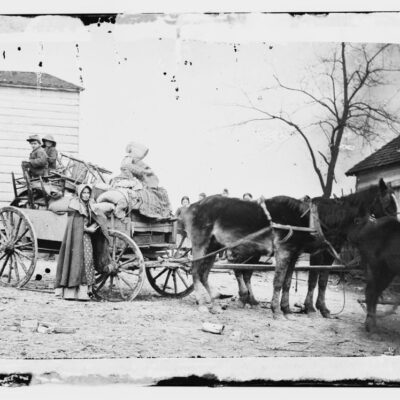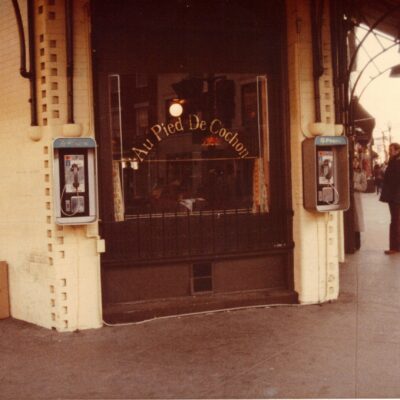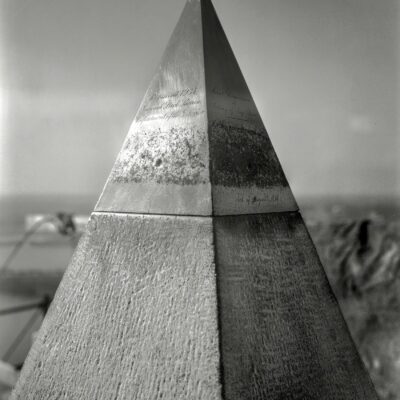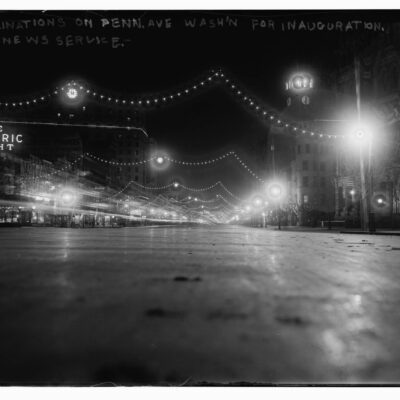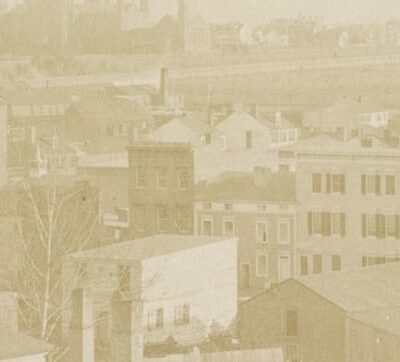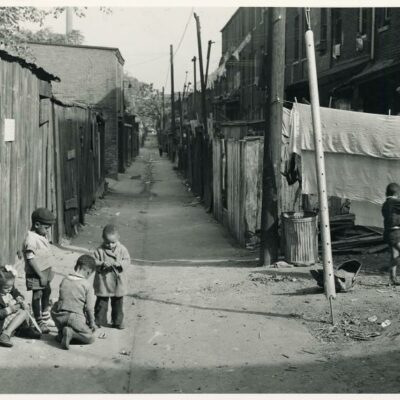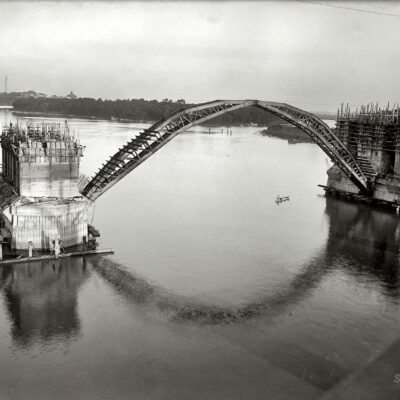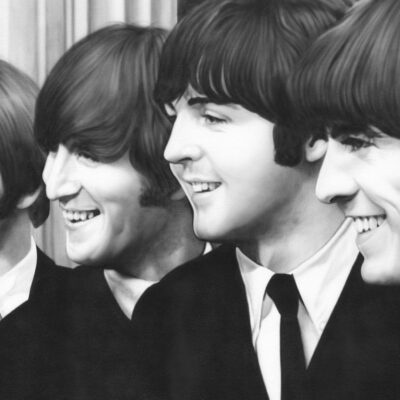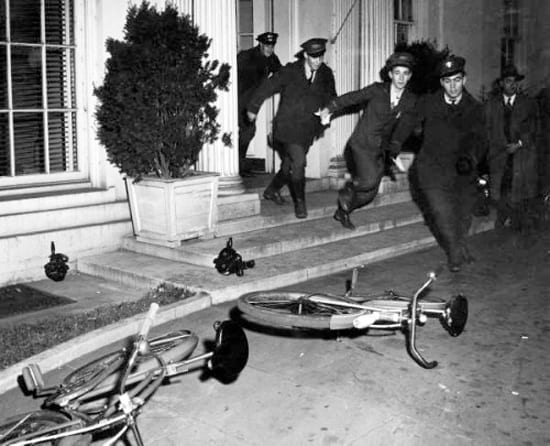
Here is a fascinating article that we dug up in the Washington Post, printed the day after Pearl Harbor, December 8th, 1941.
A crowd arose, as though from the streets in front of the White House, when the word got around yesterday that Japan had begun shooting in the Pacific.
So long as the police would let them remain, men, women and children, mostly men with angry faces, stood shoulder to shoulder, saying few words to friend or stranger but studying the lighted high windows of the White House executive offices as for some sign of what was to come now.
First the crowd had gathered on the Pennsylvania Avenue side of the White House, some pulling themselves up on the great iron fence for a better view of any sign the Executive Mansion might give off.
White House police, led by Secret Service Chief Edmund W. Starling, dispersed it with an incessantly repeated “move on,” “move on.” But the automobiles in the Avenue moved past at snail’s pace, with heads thrust from their windows. Persons on the sidewalks, told to move on, walked slowly back and forth, still studying the lighted windows as though keeping a vigil.
While the slow monotonous walking went on, an even larger crowd had packed into West Executive Avenue, the narrow street between the White House and State Department. It thronged upon the State Department’s tall steps and squeezed in between the important looking automobiles at both curbs.
Some stood on the running boards of the cars. Some climbed the stone abutments of the iron fences. Some stood in the middle of the thoroughfare. Some held their children on their shoulders. But all kept quiet and all looked at the lighted windows, with no eyes for anything else.
The faces told, though lips stayed tight, almost exactly what each had come to the White House for.
Take three of them at random from the crowd, and the entire mass seems to speak.
Just what Edward R. Andrews, a Government employe, of 303 First Street Southeast was thinking was in his eyes.
“I was just standing here thinking that there’s only one thing to do: Get in there and beat the living hell out of them now. They’ve got it coming.”
Farther along in the Crush, Miss Dorothy Quine, of Boulder, Colo., a visitor to Washington had heard the news of the Pacific fighting and had come to see what would happen now. But she was puzzled while waiting for some sign the high, lighted windows seemed expected to give.
“I can’t understand it, when Kurusu is here talking about peace,” she said, flexing her hands in simple bewilderment.
And still farther along in the crush, Harold Larson, a Government employe, of 2401 Fifteenth Street Northwest, was angry, with worry also in his face. He sidled up to a photographer just as a cop was busy checking whether a bomb was in the photographic carrying case, to inquire if the newspapers had received a casualty list.
His cousin, Donald Tyler, a soldier, Larson said, was believed to be on a transport somewhere in the Pacific. He had thought something might be said, even vaguely; some word about all the sudden occurrences might come from the White House.
A lot of quiet, evenly spoken, emphatic and bitter cussing of the Japanese was heard as the police again moved in with their monotonous, “Move on, move on1”
There was another point of dramatic moment with the crowd yesterday when, during the Redskins-Eagles football game, the loud-speakers suddenly began calling out the names of American naval officers, requesting them to return to their staions [sic[ here at once. But no inkling of the happenings was given the estimated 27,000 spectators of the game, except those in the immediate vicinity of the press box.
Don’t forget to check out the post we wrote a while back about what was happening in D.C. on the day Pearl Harbor was attacked.
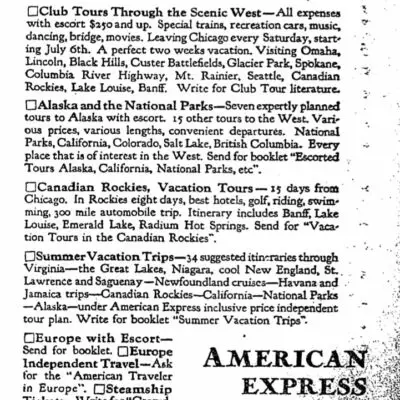

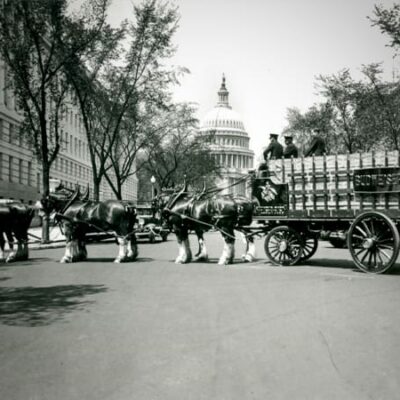
![Night view in rain [of Capitol] taken from steps [Neptune Plaza] of Library of Congress](https://ghostsofdc.org/wp-content/uploads/sites/7/2013/12/3b42062u-400x400.jpg)


